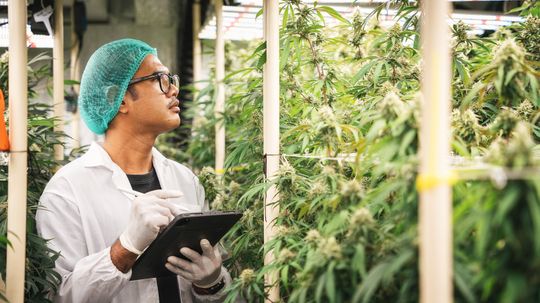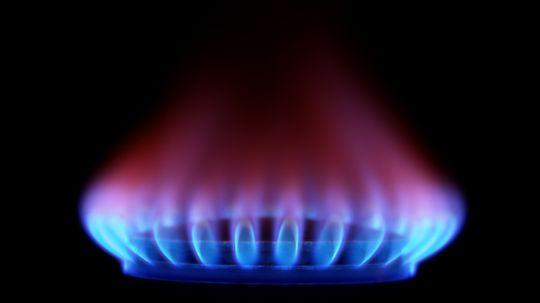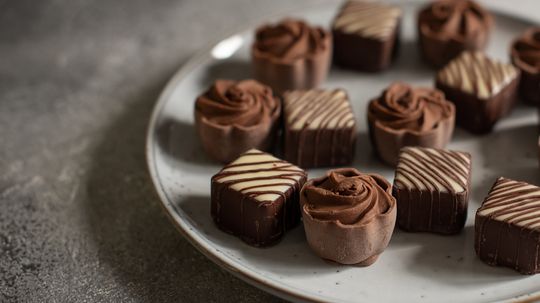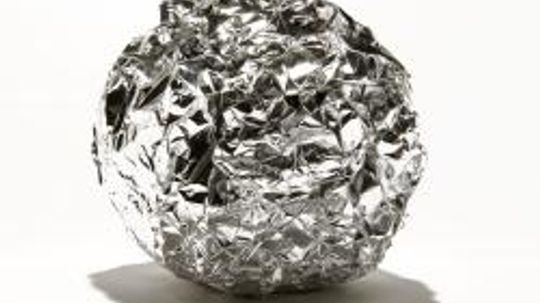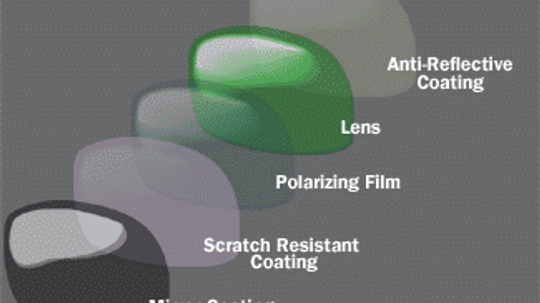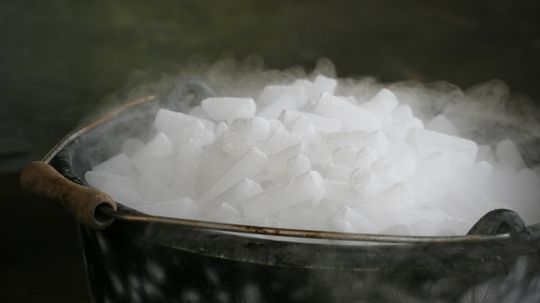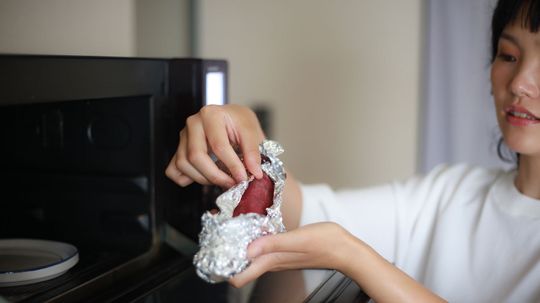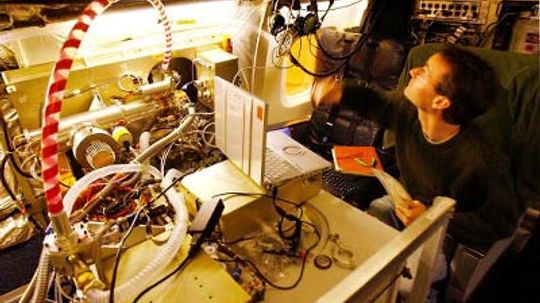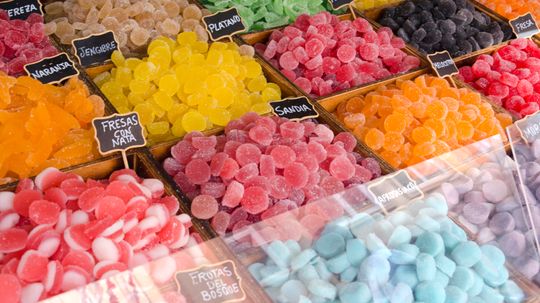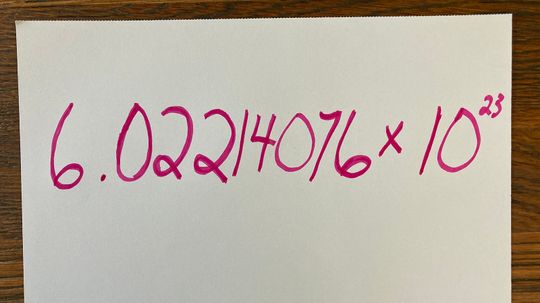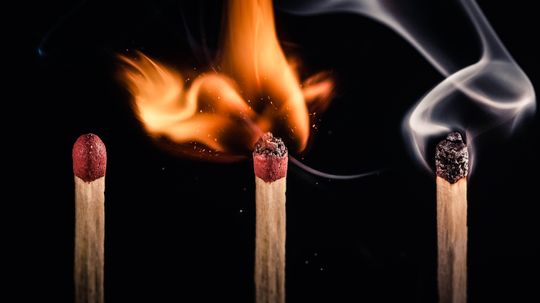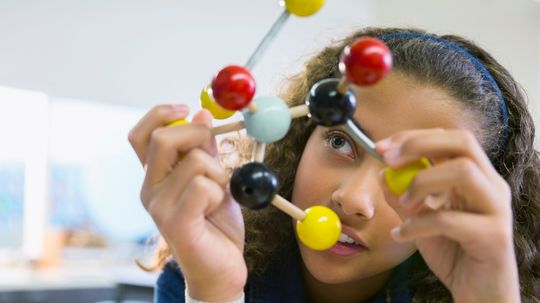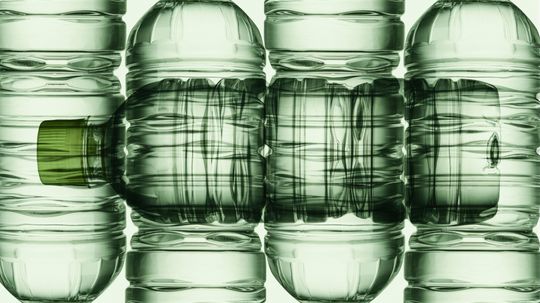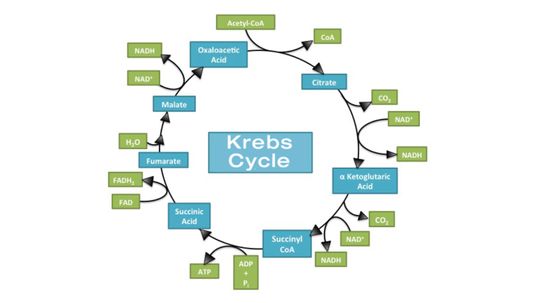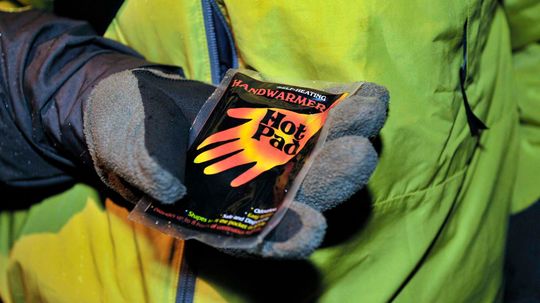Chemical Processes and Tests
Chemical processes and tests allow chemists to ascertain the properties of various substances. By utilizing chemical processes and tests, scientists can look at life on the atomic level. Click here to find some articles on chemical processes and tests.
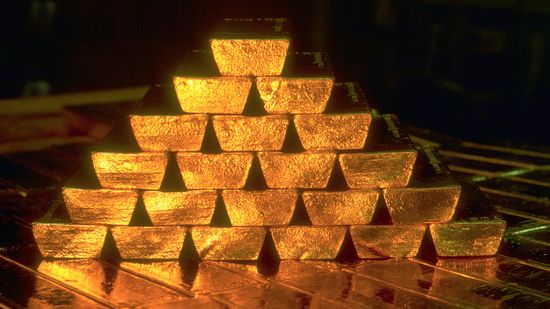
The Most Expensive Metal in the World Isn't Gold or Platinum
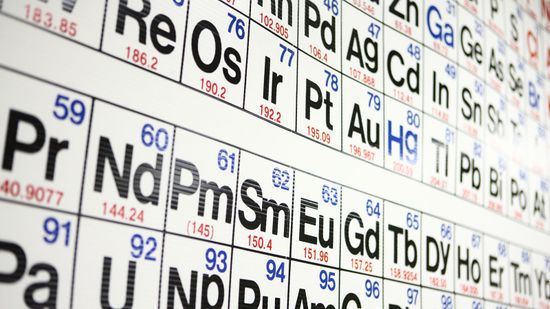
It's Elementary: The Periodic Table Quiz
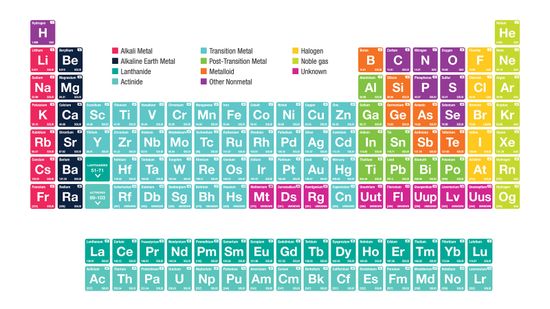
Alkali Metals: Elements in the First Column of the Periodic Table

7 Types of Alcohol for Drinking, Cleaning and More

Understanding the Empirical Formula in Chemistry
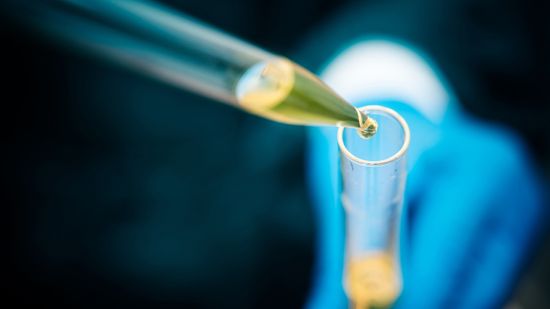
Strong Bases: Properties, Applications and Examples
Learn More
"Delta 8" has become a bit of a buzzword in the cannabis industry and the community health sphere. But what exactly is delta-8, and how is it different from "regular" cannabis?
By Sascha Bos
Flame colors span a spectrum that tells a tale as old as fire itself. Many people wonder what color is the hottest flame; more than a testament to the natural fascination with fire's beauty, this question underscores a fundamental principle in the science of thermodynamics and combustion.
All bubbles pop - that's a fact of life. But what's the science behind the short life and inevitable pop of a bubble?
Advertisement
Why do newspapers turn yellow over time?
Scenario: A helium balloon is up against the ceiling one day, and the next day it's on the floor. Does the balloon fall because the helium leaks out, or because the helium molecules slow down due to decreased pressure?
You know how chocolate sometimes turns white? Why does that happen and is it still OK to eat?
Have you seen investigators on crime shows who spray some stuff on a "clean" carpet and suddenly -- blood stains! Well, of all the fictional technology on TV, it turns out this stuff is real! Find out how luminol reveals the blood.
By Tom Harris
Advertisement
Here's something to consider: The place you call home likely has walls and glass windows. Both are adept at keeping rain, snow and wind from bothering you in your abode. Only one, though, allows light to enter. Why is that?
Biting on aluminum foil can be painful -- basically, when you bite on foil, you build a battery in your mouth. Ouch!
Rust is the common name for iron oxide, which is created when iron bonds with oxygen. In fact, pure iron is only rarely found in nature because it interacts with oxygen so easily.
I recently bought a pair of mirrored sunglasses and they are already scratched. Isn't there a way to make them scratch-resistant?
Advertisement
If you were to touch dry ice, it wouldn't be anything like touching water ice. So what's it like? Is it hot or cold? And would it leave a mark?
We've all been told not to put aluminum foil in the microwave. Stories of incredible explosions and fires are usually at the center of these ominous warnings. Why is that?
Mass spectrometry enables the major league to sniff out athletes guilty of doping. It can also help us locate oil or design a killer perfume. Who says chemistry isn't cool?
Helium balloons tend to fascinate adults and children alike (and it's not just the Donald Duck voice thing, though that is a big draw). Learn all about helium and why it floats!
Advertisement
Chemical formulas provide a concise explanation for reactions. In this article, we explain the formula for the reaction in a smoke detector.
Ever wondered exactly what they "artificial flavors" in your candy are, and why no specific ingredients are listed? Find out in this article.
That's one seriously big number, and technically Amedeo Avogadro didn't even come up with it. So how did the Italian chemist make such an indelible (numerical) mark on the wonderful world of chemistry?
Developed in Israel, this foul-smelling liquid has been used on Palestinian and Israeli protesters - and it's showing up in the United States.
By Sarah Gleim
Advertisement
Why do most of us start relaxing as soon as we smell lavender or vanilla? Is it the memories they conjure up or is there a chemical reason?
By Dave Roos
These small molecules are the foundation for much bigger things, from ordinary household products around us to essential components within our bodies.
Polymers are the basic components in so many of the products we use each day.
Advertisement
The main function of the Krebs cycle is to produce energy, stored and transported as ATP or GTP, to keep the human body up and running.
Hand warmers work through simple chemistry. A massively sped-up version of oxidation (the chemical reaction that makes rust) is to thank.
